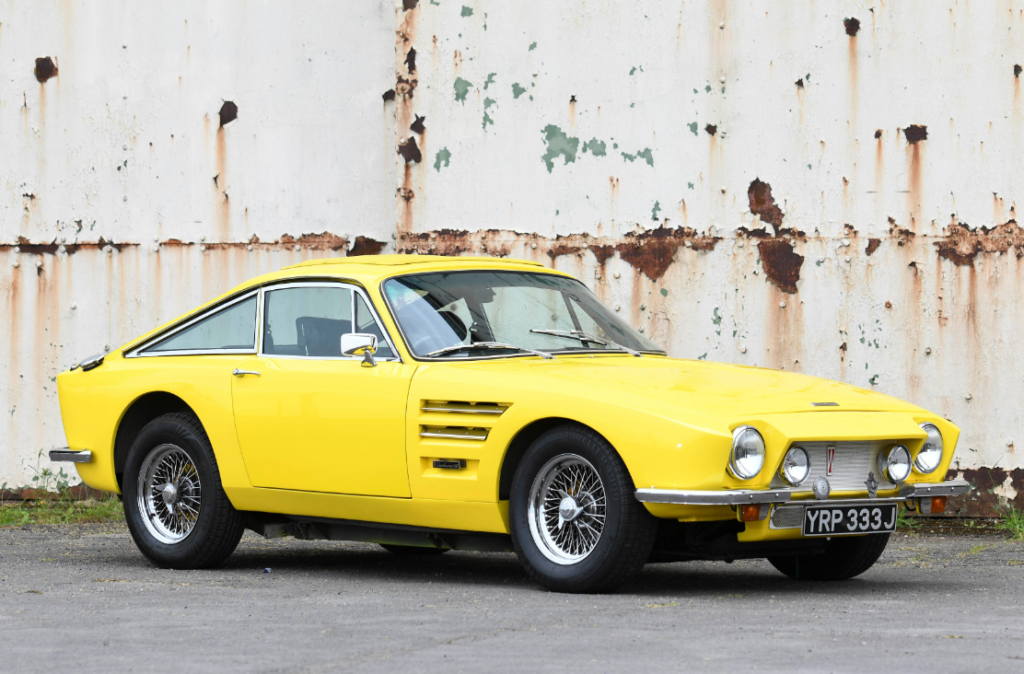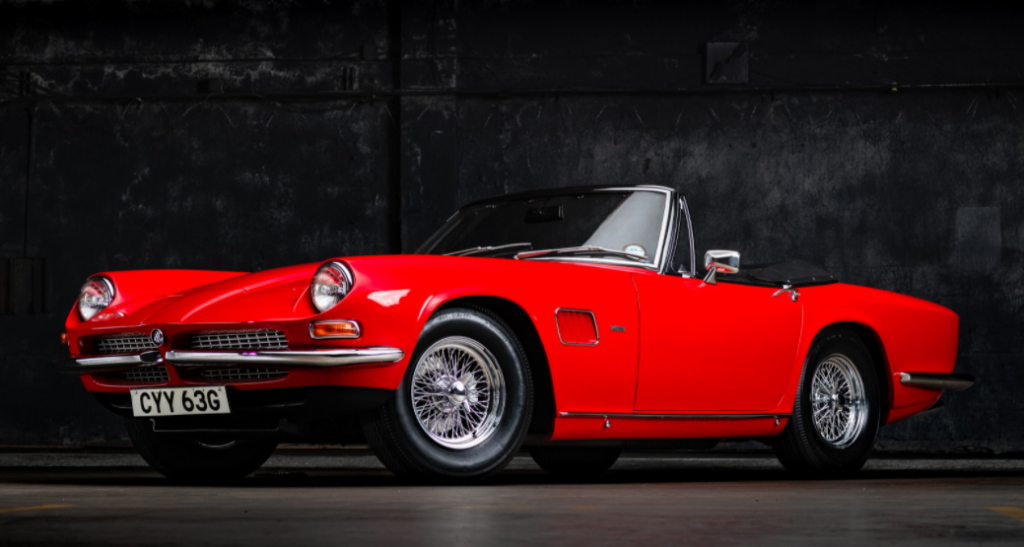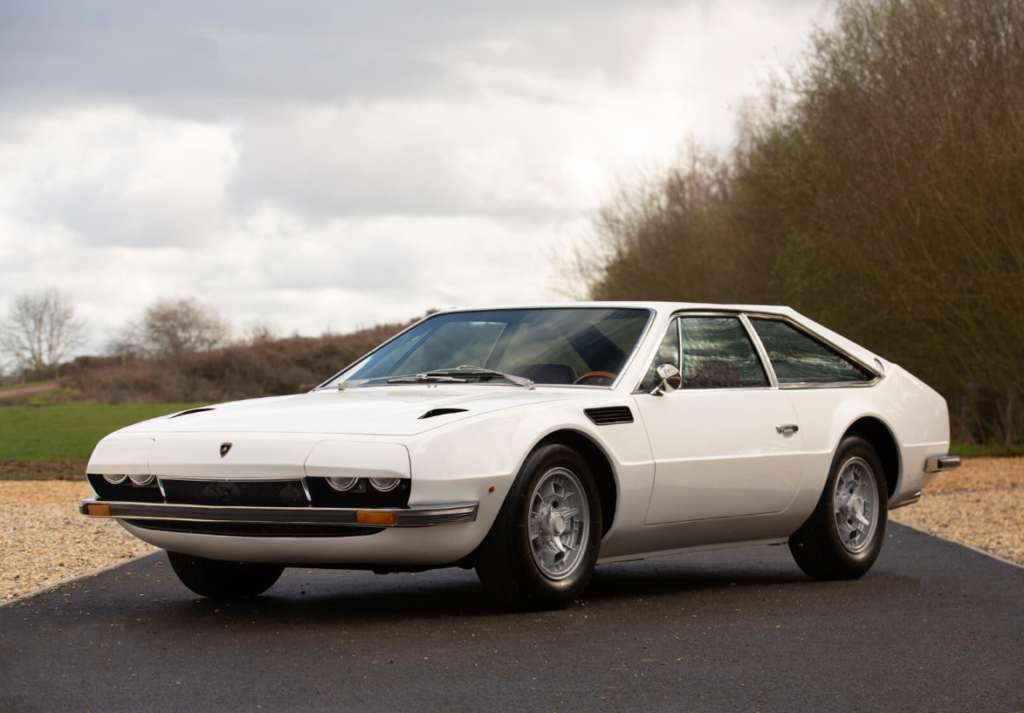1971 McLaren-Ford M19A
Offered by RM Sotheby’s | Monaco | May 2024

McLaren’s M19 was used in three different seasons of Formula One, with the A variant in use in 1971 and the C variant raced for ’72 and ’73. The team’s main drivers in 1971 were Denny Hulme and Peter Gethin, with Peter Revson taking Gethin’s place in 1972. Jody Scheckter would also debut for McLaren in 1972, and he currently owns this car.
Power is from a Ford-Cosworth DFV V8 that displaced 3.0 liters. McLaren built four M19 chassis, two of which were M19A spec. This car, chassis M19A-1, has the following competition history:
- 1971 South African Grand Prix – 6th (with Denny Hulme)
- 1971 Spanish Grand Prix – 5th (with Hulme)
- 1971 Monaco Grand Prix – 4th (with Hulme)
- 1971 Dutch Grand Prix – 15th, DNF (with Peter Gethin)
- 1971 French Grand Prix – 9th (with Gethin)
- 1971 British Grand Prix – 15th, DNF (with Gethin)
- 1971 German Grand Prix – 17th, DNF (with Gethin)
- 1971 Austrian Grand Prix – 9th (with Jackie Oliver)
- 1971 Canadian Grand Prix – 3rd (with Mark Donohue)
- 1971 United States Grand Prix – 10th (with David Hobbs)
- 1972 South African Grand Prix – 3rd (with Peter Revson)
- 1972 Spanish Grand Prix – 16th, DNF (with Hulme)
- 1972 French Grand Prix – 9th (with Brian Redman)
- 1972 British Grand Prix – 3rd (with Revson)
- 1972 German Grand Prix – 5th (with Redman)
- 1972 United States Grand Prix – 9th (with Jody Scheckter)
I mean. Look at those names. It’s no wonder there is an estimate of $800,000-$1,100,000. The car was also used in the 1974 F5000 championship, and in F1, it was a Team McLaren AND a Team Penske car at different points. Read more about it here.









